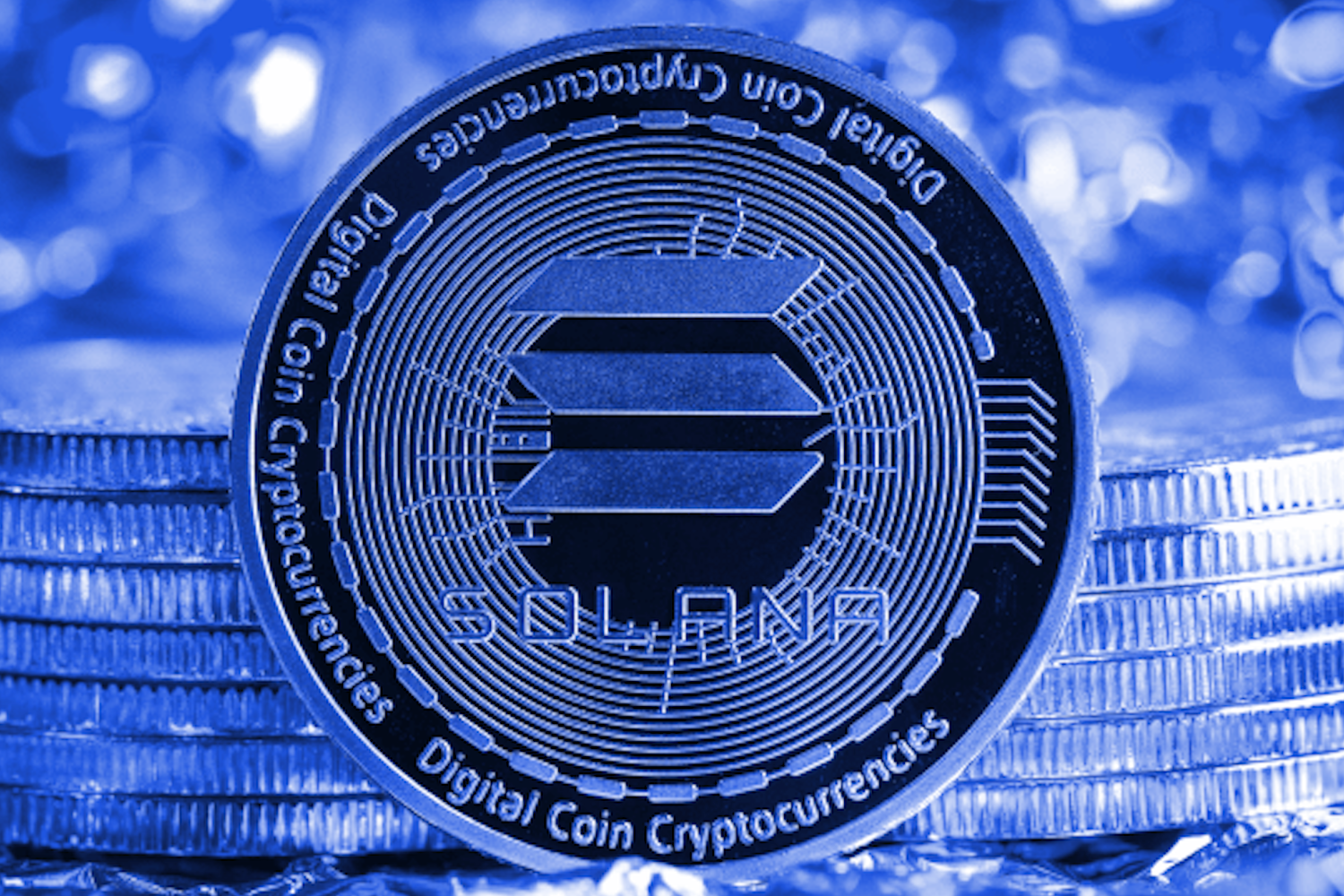A Comprehensive Technical Overview of Solana, as explained by Streamflow
Streamflow provided a detailed technical overview of Solana, an innovative and rapidly-growing blockchain platform. Solana offers high throughput and low transaction costs, making it an attractive option for many developers and investors.
In a recent blog post, Streamflow provided a detailed technical overview of Solana, an innovative and rapidly-growing blockchain platform. Solana offers high throughput and low transaction costs, making it an attractive option for many developers and investors. In this article, we recap the key aspects of Solana's architecture, including Proof of History, Tower BFT, and network optimizations.
- Proof of History: Proof of History (PoH) is the backbone of Solana's high-performance blockchain. PoH is a decentralized clock that timestamps transactions, allowing the platform to achieve high throughput without sacrificing security. Unlike traditional blockchain technologies, Solana's PoH maintains a secure, trustless, and permissionless system without relying on external timestamps or validators to order transactions.
- Tower Byzantine Fault Tolerance (BFT) Consensus: Solana uses the Tower BFT consensus algorithm, a customized version of the Practical Byzantine Fault Tolerance (PBFT) model. Tower BFT leverages the PoH as a cryptographic clock, enabling validators to vote on the state of the network with minimal communication overhead. This efficient consensus mechanism allows Solana to process thousands of transactions per second while maintaining security and decentralization.
Network Optimizations: Solana's architecture incorporates several network optimizations to facilitate high-performance transaction processing. Some key optimizations include:
- Gulf Stream: Gulf Stream is a mempool management protocol that enables validators to execute transactions ahead of time, increasing throughput and reducing latency. By pre-executing transactions, Gulf Stream minimizes the time required to confirm and commit new blocks.
- Turbine: Turbine is a block propagation protocol that optimizes data transmission across the Solana network. By breaking blocks into smaller packets and transmitting them through a hierarchical structure, Turbine ensures rapid and efficient data propagation, reducing the time required for block confirmation.
- Sealevel: Sealevel is Solana's parallel smart contract runtime, allowing the platform to process multiple transactions simultaneously. By taking advantage of parallel processing, Sealevel significantly increases Solana's overall throughput and efficiency.
With its innovative design, Solana offers a scalable and sustainable blockchain solution. The platform's architecture supports the processing of up to 65,000 transactions per second (tps), a significant improvement over traditional blockchain platforms. Furthermore, Solana's energy-efficient consensus algorithm and optimized network protocols contribute to a more environmentally sustainable ecosystem.
Conclusion: Solana's unique combination of Proof of History, Tower BFT consensus, and network optimizations position it as a high-performance, scalable, and secure blockchain platform. As Streamflow's technical overview reveals, Solana's innovative design has the potential to revolutionize the way we develop and interact with decentralized applications, making it a compelling choice for developers and investors alike.


